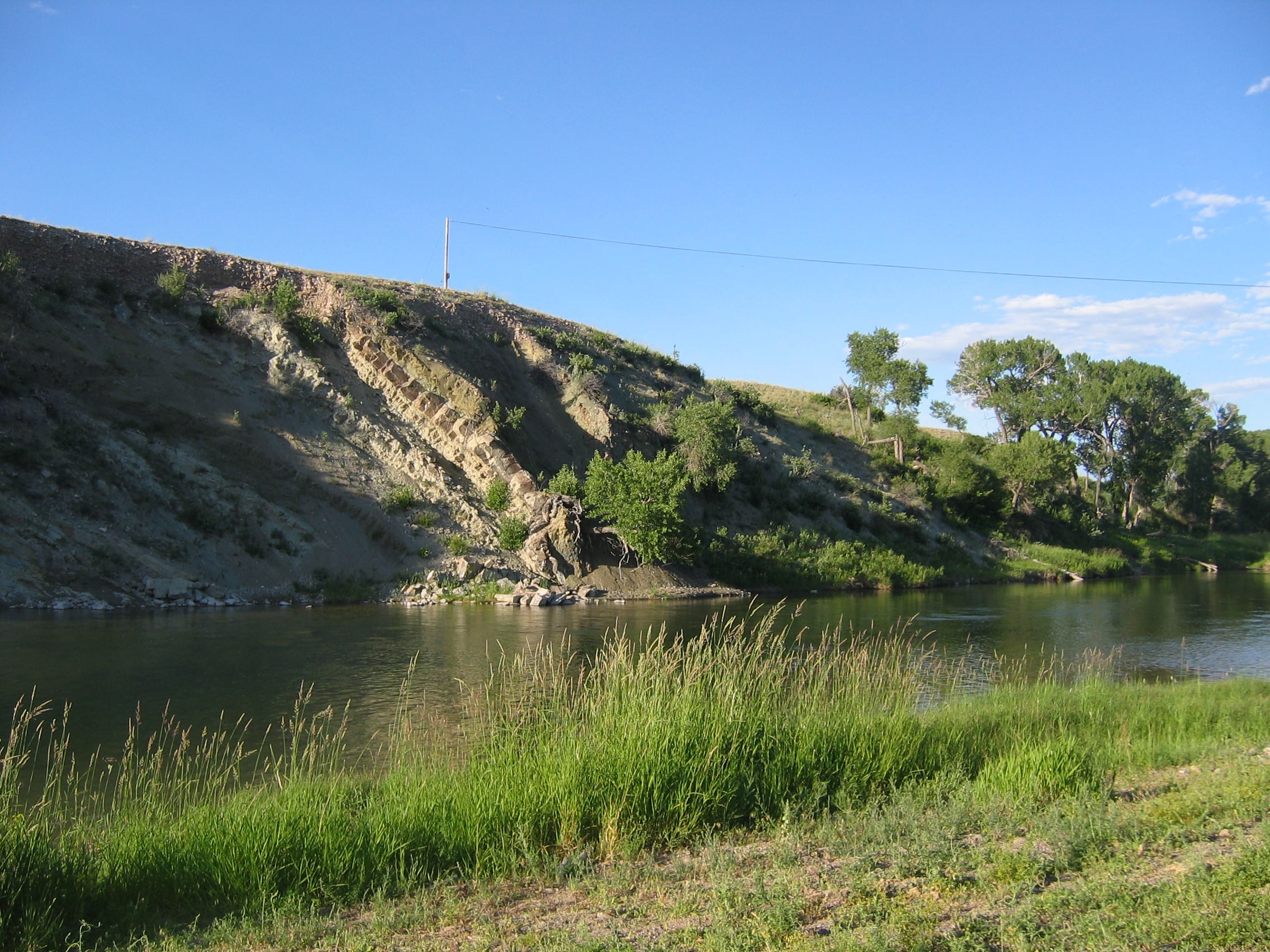Water has been a hot commodity in the western United States dating back to the first settlers as they migrated west in search of gold. The controversy has continued as the natural resource has become increasingly scarce due to rising populations, the expansion of cities and compounding drought conditions. Water stress is being felt on farms and ranches resulting in lower crop and livestock production. Although some ranchers have not wavered off of their traditional ways of ranching, others are rapidly changing and adopting new practices to better manage and conserve water. Planning an effective water-conservation strategy can be complex – soil health, plant and livestock management, and water use must all be considered.
Managing soil to produce a high-infiltration rate by creating a well-structured soil bed will produce a porous soil surface. This allows the water to more effectively penetrate the ground and absorb it for plant use. When soil is unhealthy and aggregates are broken down, water runs over the top crust causing runoff and erosion. By changing the way soil is managed a lot can be gained. Changing tillage techniques by reducing the amount of cultivation leaves soil undisturbed and healthier by reducing soil break down. Also, seeding cover crops adds nutrients back into the soil and protects from erosion aiding in more effective water infiltration. Composting the soil with organic material helps prevent erosion from irrigation and rain. At the same time it also aids the soil structure and adds valuable nutrients back into the soil increasing crop yields.
Another conservation technique is to change which plants to sow and the way they are managed. In selecting native varieties that are more drought tolerant, less water is required. Rotating crops by alternating deep-rooted and shallow-rooted plants improves soil structure and fertility. Planting cover crops during the fallow or alongside cash crops aids in maximizing water availability in fields. This living cover traps in surface water, reducing evaporation and runoff.
Managing livestock on rangeland is also a method used in the western United States to aid in water conservation. Cattlemen often wean calves early to prepare them for limited foraging opportunities, while others graze livestock on native fields that hold up to drought conditions more effectively. Additional strategies include regulating herd densities as to not over graze pastures, grazing livestock on fields that are drying up to salvage remaining forage, and selling livestock earlier in the season.
Finally, another process of conserving water is implementing innovative methods to recycle and conserve water on improvements. By adapting more efficient irrigation systems, waterways can be channeled to be directly available to crops. Using a scientific approach to predict the timing and amount of water that is necessary for a particular crop conserves water and may improve yield. Recycling water that drains to the lower sections of fields, known as tail water, can be collected and pumped back to the top of fields for reuse.
As pressure increases to spread natural resources to a growing world, western ranches are turning to water conservation on the working landscape to alleviate water stresses. Although there are new methods available to operations it is still in the hands of farmers and ranchers to implement individual action plans.
LEARN MORE ABOUT THE PROPERTIES THAT SWAN LAND COMPANY HAS TO OFFER

